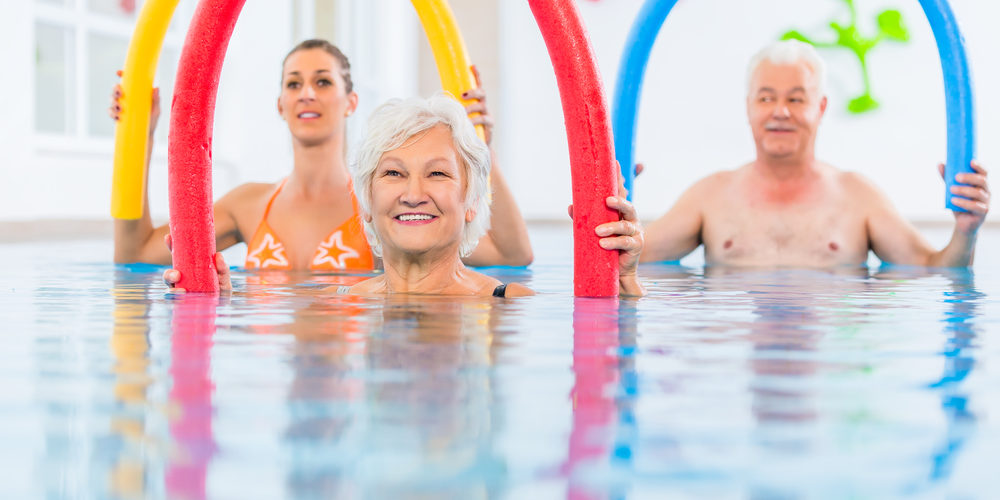By David J. BenEliyahu, DC, DABCSP, DAAPM
 It is a common misconception that if you have back pain you should avoid exercising. This misconception allows people to rely too heavily on pain medication and inactivity. For most back problems exercise and movement are essential to the healing process. Controlled, gradual, and progressive exercise-as opposed to bed rest and inactivity- is part of long term treatment for reducing back pain and preventing future episodes.
It is a common misconception that if you have back pain you should avoid exercising. This misconception allows people to rely too heavily on pain medication and inactivity. For most back problems exercise and movement are essential to the healing process. Controlled, gradual, and progressive exercise-as opposed to bed rest and inactivity- is part of long term treatment for reducing back pain and preventing future episodes.
Exercise helps decrease back pain by:
- Allowing spinal discs to exchange fluids and receive nutrition.
- Reducing back stiffness by keeping the ligament and tendon fibers flexible.
- Strengthening and repairing the muscles that support the back.
Here are four exercises that are good for your back:
1. Swimming:
Swimming and water exercises are a great way to exercise your neck and back. Exercising in water is especially gentle on your joints and muscles because it reduces the impact of gravity on your body. Additionally, when standing in water at chest height, your body is 80% weightless allowing you to complete exercises that might otherwise be too difficult. Water therapy is especially useful when land based exercise is not an option due to the intensity of the back pain. Water therapy or swimming is a particularly good option for the treatment of the following conditions:
- Osteoarthritis
- Osteoporosis
- Muscle strains
- Back and neck pain
In order to reap the benefits of water exercises you do not have to swim in the traditional sense (i.e. freestyle, back stroke, breast stroke, etc.). You can use a styrofoam noodle or an aqua vest and simply float into the deep end and replicate a skiing or running motion, or just walk around the pool, and then hold onto the edge and do some kicking motions.
2. Biking:
Biking is a low impact form of exercise that is both gentle and less jarring on the back. The best bike to use whether in the gym or at home is a recumbent bike which puts you in a reclining position and relieves pressure on the back and neck.
3. Walking:
Going for a walk a few times a week is an excellent way to enjoy the weather and exercise. It’s best to walk in a good pair of sneakers that provide excellent foot support and skeletal shock absorption. It is recommended to walk in the early part of the morning, or latter part of the day, particularly in the warmer months, to avoid any extreme heat or humidity. If walking is hard on your knees and hips, you can add trekking poles to your walking routine for additional support.
4. Yoga and Tai Chi:
Yoga and Tai Chi are both excellent low impact activities for those suffering from back or neck pain. Classes are readily available and can be found at local parks, beaches and gyms. Yoga helps reduce muscle tension through gentle stretching movements. It also helps relieve mental tension and anxiety. Tai Chi involves more slow, fluid and deliberate movements that are low-impact.
These types of exercises provide many health benefits, including;
- Strengthening bones and muscles in the feet, legs, hips, and torso.
- Improving flexibility and posture.
- Improving quality of sleep, which helps reduce back pain.
- Maintaining a healthy body weight, which reduces stress on the back.
- Improving balance and coordination.
- Reducing depression and anxiety.
- Helping to manage other illnesses, such as diabetes and hypertension.
Be sure to always check with your health care provider before starting a new exercise regimen and don’t forget to stay hydrated and include a stretching warm-up and cool-down prior to and following exercise to avoid further injury.
David J. BenEliyahu, DC, DAAPM, DABCSP is the Administrative Director of the Back & Neck Pain Center at Mather Hospital.

